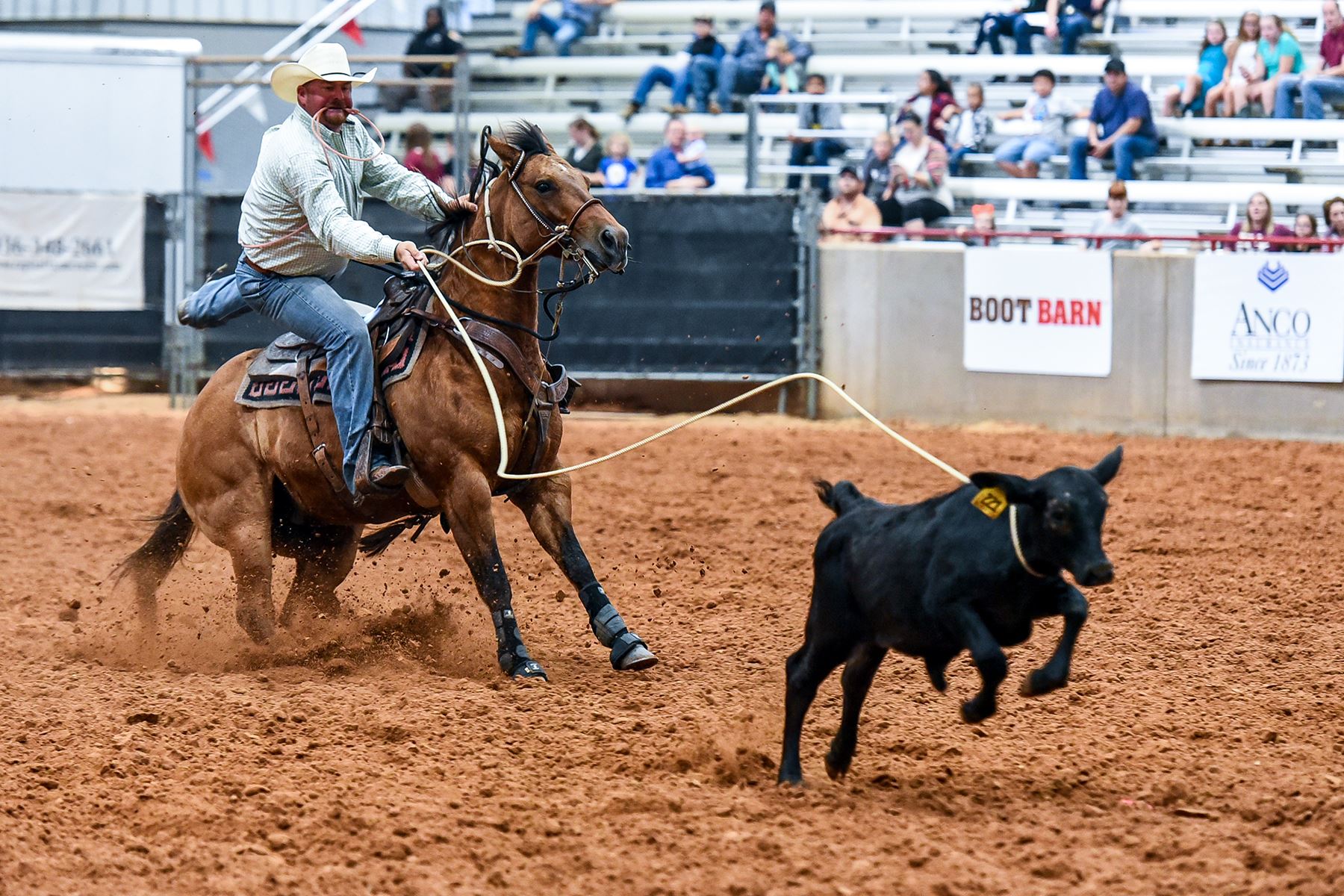Building spectacular calves is an important goal for the bodybuilder. Even if you have a world class upper body, you'll wind up looking like an also ran if your calf and leg muscles are below par. A single bodypart deficiency can cause the overall appearance of your physique to plummet, and calves, it seems, are a leading cause of symmetry and proportion problems.
"Bodybuilding symmetry. No one area standing out overshadowing all others, not unbalanced development, not freaky, but astounding in development, all areas in proper size ratios so as to give the impression of balanced aesthetics, beauty. Bodybuilding symmetry." - Frank Zane.
In order to catapult to the top of your possible physique development, you need superior lower legs - not just acceptable, but superior. This can be quite a challenge, depending on your genetics. We've all seen bodybuilders with humongous calves who apparently never train them. This can be frustrating, especially if you train your every other day, as some trainers recommend, only to find them locked in a perpetual deep freeze when it comes to size.
The problem isn't surmountable, however, although calf training is more complex than it may appear at first glance. By adding an exercise that's not included in the traditional calf workout, you can achieve a new burst of muscle growth that will give you a leg up on your quest for the fully developed, balanced body.
Calf Muscle Function
Lower leg training is often restricted to the two largest muscles of the region, namely the gastrocnemius and the soleus.
Advanced trainees, however, should also incorporate an exercise for the tibialis anterior, which is located on the front of the lower leg and which has an agonist-antagonist relationship to the gastroc and soleus. (word hint: superset)
The gastrocnemius is the calf muscle located closest to the skin. It's made up of the inner (brevis) and outer (longus) heads, which together create the desired heart or diamond shape that all top-notch calves possess. The inner head of the gastroc is the larger of the two, and it also has thicker muscle fibers, and extends lower than the outer head.
The gastroc is the largest muscle in the calf region. It's connected to the femur, or thigh bone, by two strong tendons, as well as to the Achilles tendon above the foot. The primary function of this muscle is to extend the ankle, which is known as plantar flexion, although it also flexes and medially rotates the knee. Because this muscle crosses the knee, the knee must be extended - that is, the leg must be straight - in order to stretch the gastroc.
The soleus lies underneath the gastrocnemius. It originates from the two main bones of the lower leg, the tibialis and fibula, just below the knee, and at the other end it joins with the gastroc to form the Achilles tendon. This broad, flat muscle has the same general function as the gastroc; however, since the soleus doesn't cross the knee joint, you can stretch it with a bent knee. You achieve this by lifting your foot, which is known as dorsiflexion of the ankle.
If you're just getting started in weight training, or have basically never bothered to do much, if any, localized calf training, you should work them with these two exercises as follow:
Standing Calf Raise - 3 x 8-12
Seated Calf Raise - 3 x 8-12
This short routine will introduce you to, and break you in to the demands of calf training. Always start with a warmup on each exercise using 40% of the weight you'll lift on your three work sets. This is important, because each exercise works the muscles of the lower leg differently. Try to do at least 8 reps per set, and focus on progressive resistance. When you can get 12 reps with a given weight, increase the poundage, and work back up to 12 with the new weight.
Train your calves no more than twice a week, but keep repeating this process of adding reps . . . adding weight . . . adding reps, and you'll see changes being made in your calves.
Here's how to perform the exercises:
Standing Calf Raise -
This movement primarily works the gastrocnemius. Position yourself under the shoulder pads of a standing calf machine and place the balls of your feet on a the block. Begin the movement with your back straight, legs locked and your head up. Lower your heels toward the floor so that your calves are fully extended. Then raise them as far as they can go, squeezing your calves in a total contraction.
Keep your hip motion to a minimum as you rise onto the balls of your feet. Pause briefly at the top to fully flex your calves through their full range of motion. Anything less will result in, well, something less. Also, don't put your feet into bizarre positions trying to "hit different parts of the muscle." You can't train with a strained ankle!
Seated Calf Raise -
This exercise targets the soleus. Sit on the machine with the lower part of your thighs under the leg pad. The pad should be a couple of inches above your knees. Never perform the movement with the pad on top of your knees, since this places dangerous stresses on this vital joint.
Rise up, rise up onto your toes, pressing against the pad to lift it. Release the safety latch and lower into a complete calf stretch. The push your calves upward in a POWERFUL thrust until they're totally contracted. Hold in this position for a second, flexing hard, then lower slowly to the starting position.
Intermediate Calf Torch
The intermediate workout builds on the beginning routine by adding another exercise for the gastrocnemius, as follows:
Standing Calf Raise - 3-4 x 8-12
Seated Calf Raise - 3-4 x 8-12
Donkey Calf Raise - 3-4 x 8-12
Donkey Calf Raise -
You can perform these on a special machine or with your training partner acting as the weight. When using the donkey calf machine, adjust the height of the pad so the weight stack doesn't touch the bottom when you're in the fully lowered, or extended, position. Rest the pad right above your hip but never on the small of your back, where it can put dangerous pressure on your spine.
Keeping your legs straight, slowly lower your heels until your calves are completely extended. Then raise them as high as they can go in a single, smooth movement until you're supporting the weight on the balls of your feet. Hold this position for a second to fully flex your gastrocs. Then lower the weight to the starting position.
If your partner is going to be the weight, find a freestanding calf raise block that's very stable. Place it 12-15 inches from a cushioned table that's around 3 feet high. Get on the block and then have your partner hold your upper body in a way that doesn't pull you out of balance or restrict your movement. Perform the exercise as indicated above.
Advanced Lower Leg Burner
The advanced routine consists of the intermediate workout, plus an exercise that specifically isolates the tibialis anterior, as follows:
Standing Calf Raise - 4 x 8-12
Seated Calf Raise - 4 x 8-12
Donkey Calf Raise - 4 x 8-12
Tibialis Curl - 4 x 8-12
Tibialis Curl -
There are two ways to perform this exercise. The first is with a dumbbell. Sit lengthwise on a low bench with your knees over the bench. Position a light dumbbell between your feet and raise your legs to where they're more or less parallel to the floor. This is the starting position. Slowly flex your ankle so that your toes curl back toward your shins. Lower the dumbbell in a controlled movement back to the starting position and then do another rep. This can become rather awkward when the poundage gets heavy, but unless you have access to a leg curl machine, it's your only choice.
The second method is to sit on a leg curl machine with your feet under the padded arm. Depending on the machine, you may need to adjust the arm location and/or place a cushion under your lower legs to get the proper height and distance. Position your feet so that the padded arm crosses them right behind your toes. Then lift the arm upward by curling your toes toward your shins so that your tibialis contracts. Slowly lower the padded arm and repeat.
There's also several devicescreated especially for this movement Tibia Dorsi calf machine should bring up the search results.
A Final Note
There's a great debate in the muscle world about the order in which the gastroc and soleus should be trained. Some insist that you should work the gastroc first because it's the largest calf muscle, while others suggest that it's better to pre-exhaust the soleus by training it first, which leads to a more isolated gastroc workout. Both of these points of view have some validity. It could also be said that working the gastroc first pre-exhausts it, allowing you to isolate the underlying soleus. This would push the gastroc upward like the geological thrust under a mountain.
They both have merit, so simply cover your bases by alternating the order in which you perform your gastroc and soleus exercises.





No comments:
Post a Comment